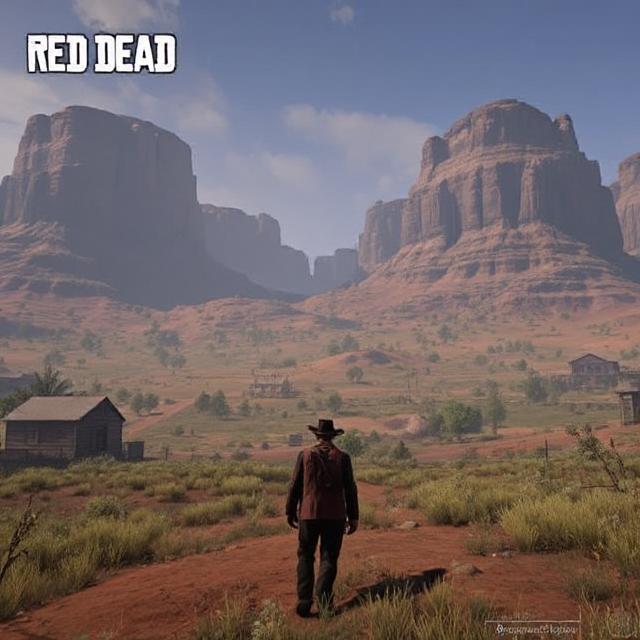Red Dead Redemption 2 isn’t just an open world—it’s a living world. Rockstar’s 2018 masterpiece redefined what players expect from sandbox games by weaving together detailed ecosystems, emergent storytelling, and player immersion on a scale rarely seen.
At the core of its design is environmental authenticity. Every town, trail, and forest has a distinct mood. Animals behave realistically, NPCs have schedules, and random encounters feel unscripted. The game doesn’t just exist—it breathes.
Travel isn’t rushed. Horses get tired. Weather changes. Time moves slowly. These design choices encourage players to soak in the world rather than fast-travel through it. Every journey feels deliberate, making exploration feel meaningful.
Side content is woven seamlessly into the world. Strangers offer quests that lead to multi-part stories. Hidden treasure maps, newspaper articles, and overheard conversations hint at secret locations or emerging mysteries.
The Honor system adds moral complexity. Helping someone in distress might lead to gratitude—or a trap. Your behavior affects NPC reactions, bounty levels, and narrative tone. Few open worlds are this reactive.
Technically, RDR2 uses a mix of procedural events and hand-placed content, creating a balance between surprise and polish. Weather systems, animal migrations, and dynamic conversations add layers of unpredictability.
In short, Red Dead Redemption 2 isn’t just an open world—it’s a designed reality. And exploring it never feels like ticking boxes. It feels like living a life.



